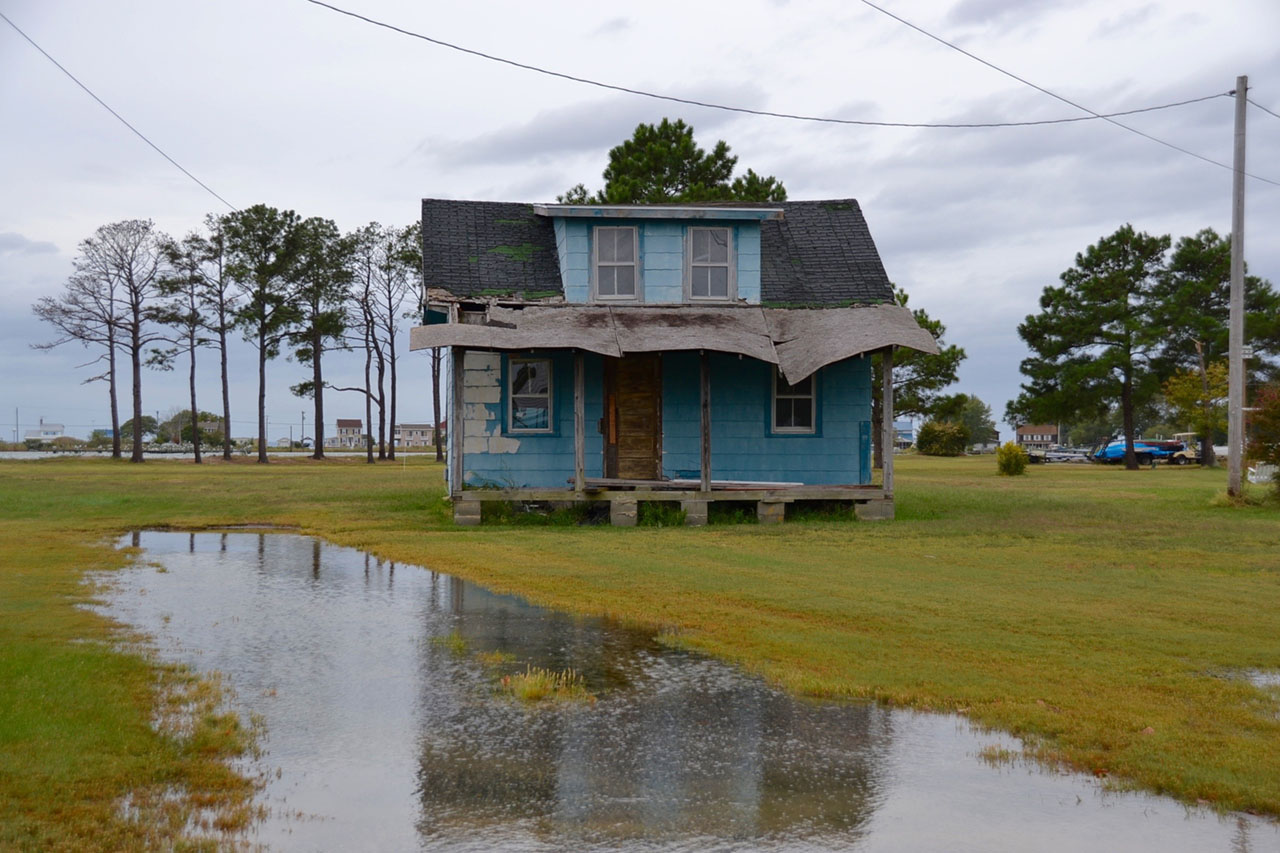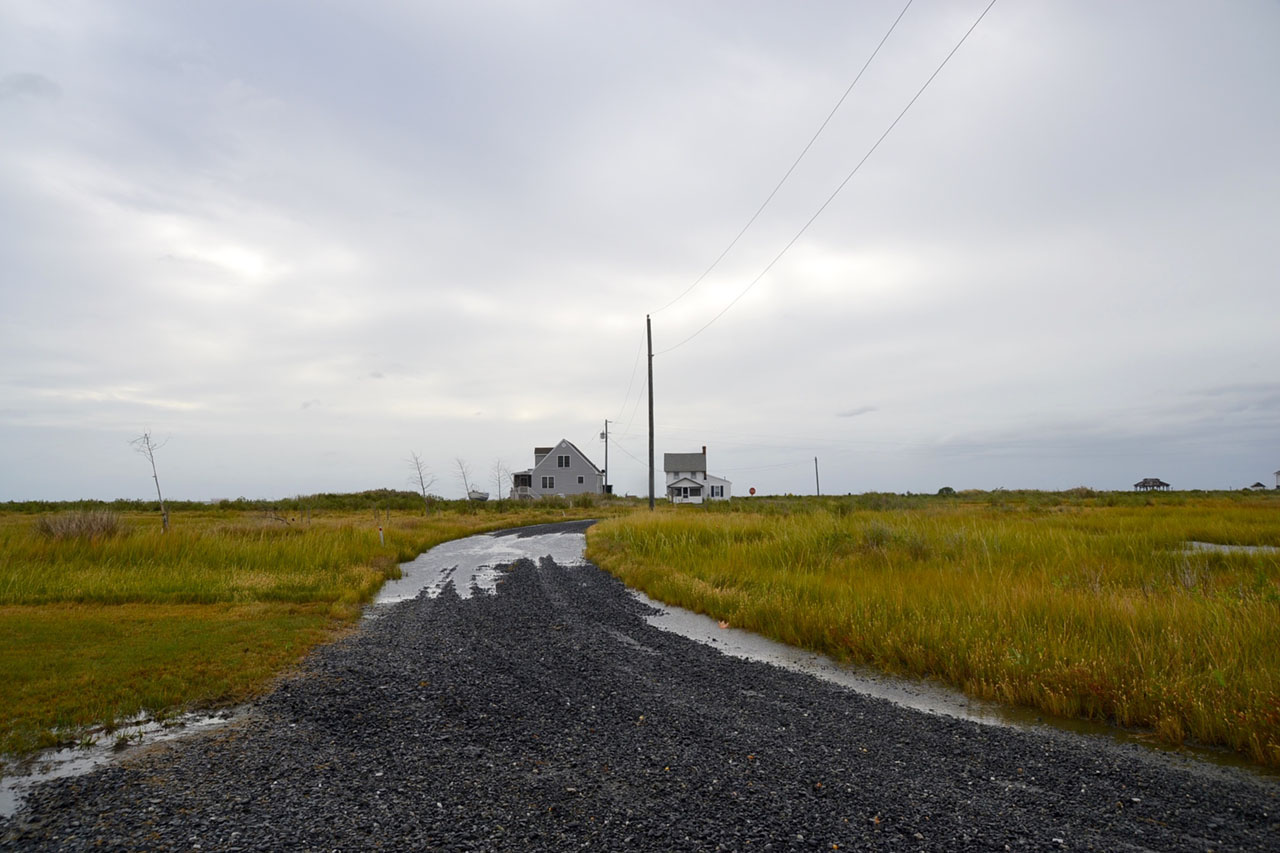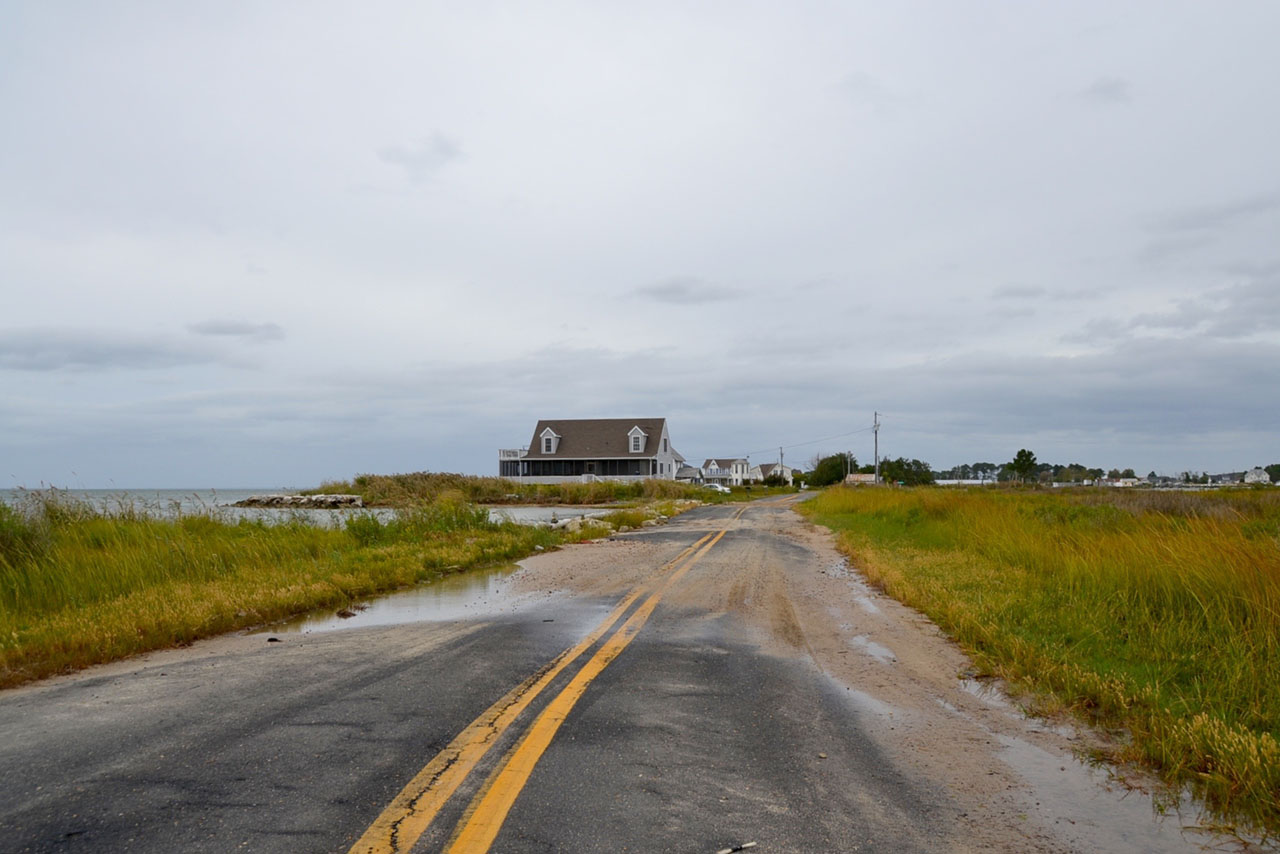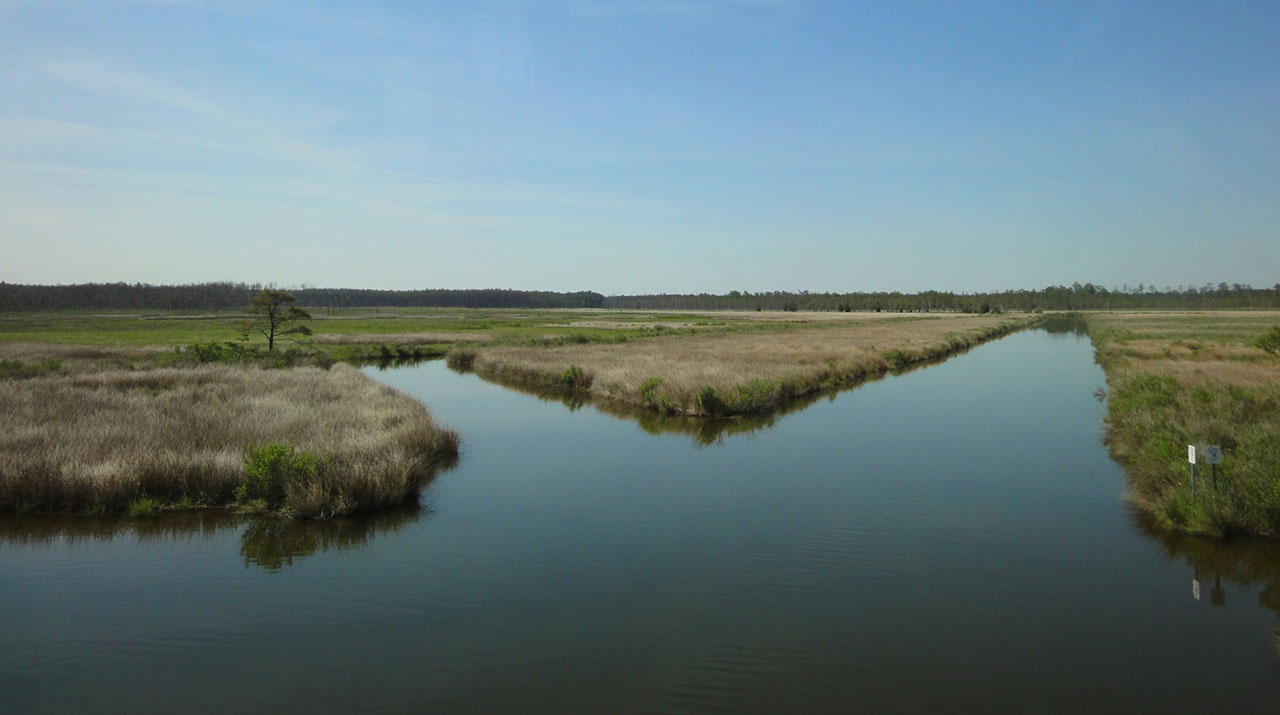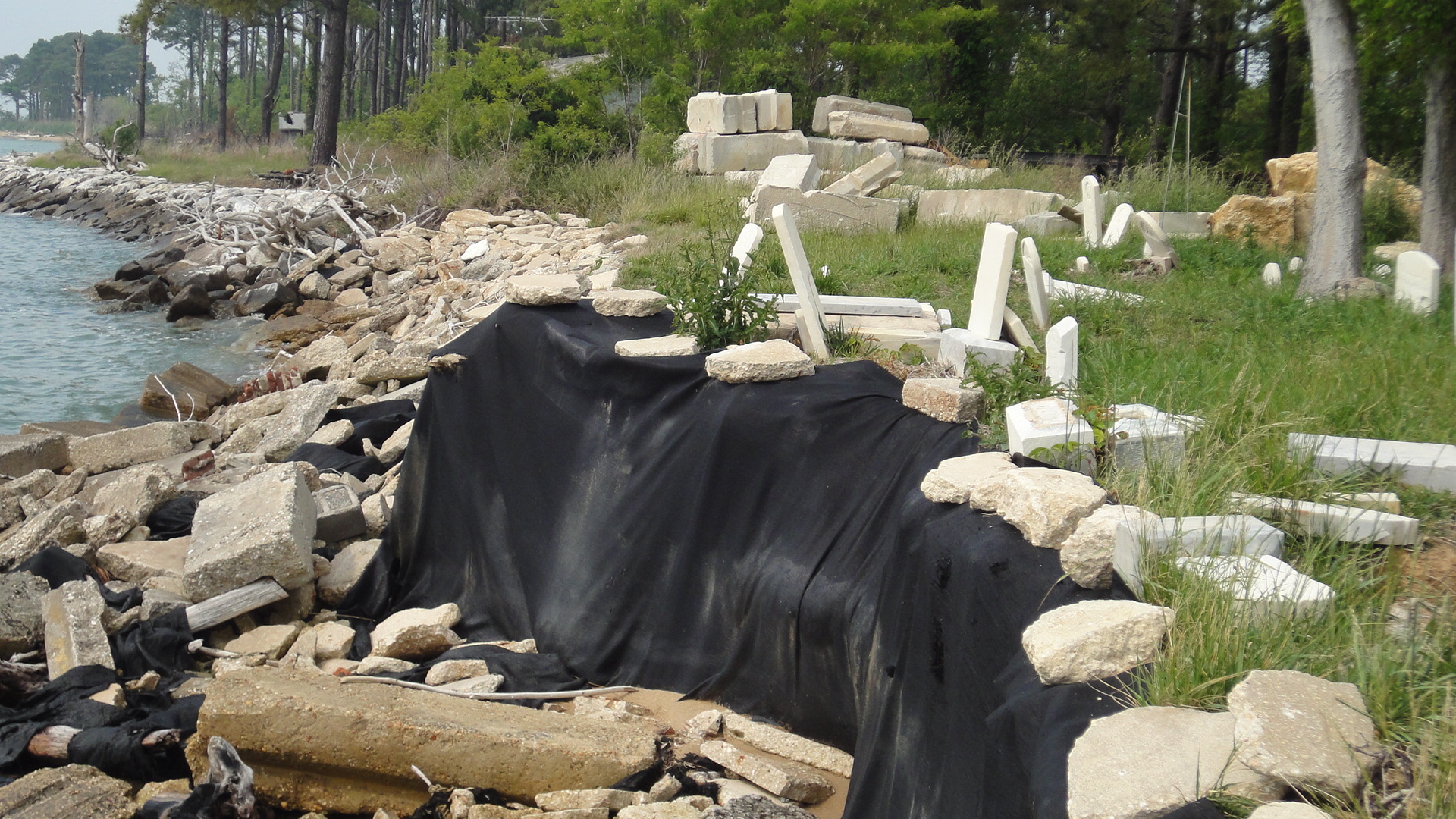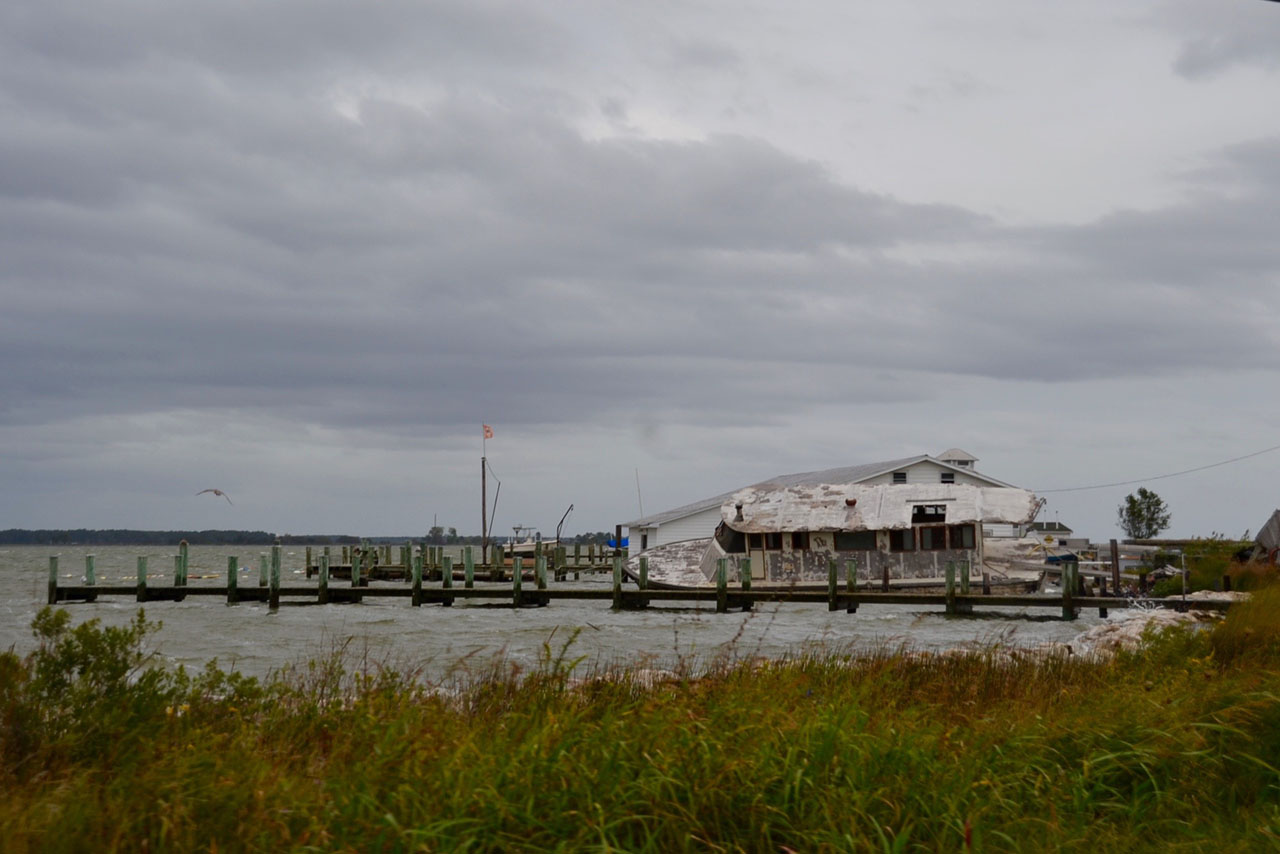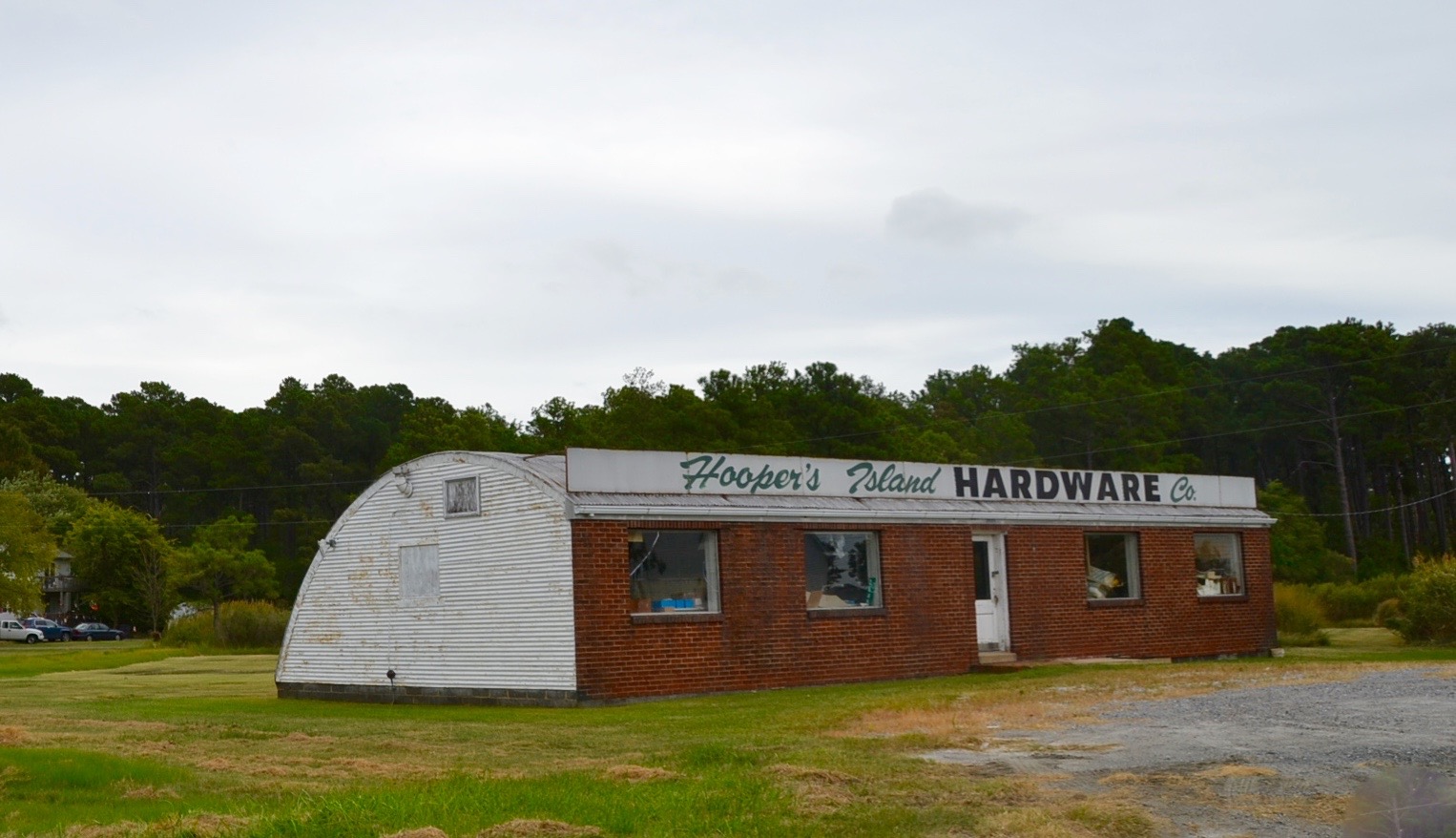Planning for Sea-Level Rise in Dorchester County
Due to the necessity of water our Maryland historic resources are often located in coastal areas and thus disproportionately at risk from increasing sea-level rise and large storm events. As many of these resources will likely be lost, now is the time for documentation.

THE PROBLEM
Dorchester County on Maryland’s Eastern Shore is one of the state’s most threatened coastal areas, where planning for large storms and related hazards has become critically important. With many of the County’s historic resources located in impacted zones, the urgency to document, analyze and communicate the impacts to those resources is critical for our local partners.
THE FIX
Preservation Maryland will assist our local partners with a grant-funded historic resource risk-assessment planning effort, as well as targeted community outreach on the findings and the design of a new user-friendly web resource on historic resource documentation, disaster planning, and mitigation.
HISTORY
Dorchester County lies along the eastern shore of the Chesapeake Bay and has been home to watermen and farming communities since its settlement in the mid to late 17th century. Many agricultural and fishing traditions we recognize today have developed and adapted from life lived on the Chesapeake Bay and her tributaries. Dorchester County is one of the largest rural counties in Maryland with the longest distance of coastal shoreline, with over 1,700 miles of coastal shoreline consisting of the various waterways of the Chesapeake Bay, the Choptank River, the Nanticoke River, and countless tributaries.
SIGNIFICANCE
Dorchester County is steeped in history. It hosts a number of local, state, and nationally themed historical and cultural significant sites that relate to State Governors, Harriet Tubman, and many of our recognized icons such as skipjacks, buyboats, and lighthouses. Much of our recognized Chesapeake Bay heritage has roots in the boat builders and docks of Dorchester County. The County is also home to The Blackwater National Wildlife Refuge and which has recently been designated to be the site of a state and national park honoring Harriet Tubman. This site will share the story of national heroine Harriet Tubman, famous conductor of the Underground Railroad.
THREAT
Dorchester County has a significant history of bearing the brunt of coastal storms. As a result of this threat, Dorchester County can be counted as one of the most impacted coastal area in Maryland and along the Atlantic Coast. Planning for coastal storms and related hazards has become critical for Dorchester County. With many of the County’s historic resources being located in impacted zones, the urgency to document, analyze and communicate the impacts to those resources is critical for our local historic and cultural resource community partners. Some impacted resources include historic churches, working waterfront villages, sites of historic significance along the Harriet Tubman byway and the Chesapeake Country Byway, the Tubman National Park and State Park and habitat found within the Blackwater National Wildlife Refuge.
GOALS
- Develop a partnership between MHT, Preservation Maryland and the Heart of Chesapeake County Heritage Area which will encourage local and county officials to consider the impact of imminent and future storm hazards on historic resources
- Document the historic resources that are vulnerable to storm hazards
- Host town hall meetings with owners and stewards of historic and cultural resources throughout Dorchester
- County to introduce them to the project and learn about what resources they are concerned will be lost
- Develop materials to show property owners how they can document their properties
Updates
OCTOBER 2018
The addendum on cultural resources to the 2017 Dorchester County Hazard Mitigation Plan has been completed. This process studies the impact of flood hazard risk to Dorchester County’s historical and cultural resources.
JUNE 2018
As part of their ongoing Weather It Together program, the Maryland Historical Trust has released, “Flood Mitigation Guide: Maryland’s Historic Buildings,” a comprehensive 350 page document detailing a plan for adapting to flooding and other issues related to climate change.
MARCH 2016
The Maryland Historical Trust accepted the grant application co-written by the Heart of Chesapeake County Heritage Area and Preservation Maryland and the heritage area was awarded a $44,000 grant for hazard mitigation planning. This funding was made available to Maryland organizations through the National Park Service Hurricane Sandy Disaster Relief Fund. MHT awarded $247,000 to seven projects throughout Maryland in 2016. This grant will provide the necessary funding for the survey component of this project.
RFPS & REPORTS
Southern Dorchester County Climate Adaptation Project
The Conservation Fund, Audubon Maryland/DC and the US Fish and Wildlife Service
Civic Engagement on Climate Change in Dorchester County, MD
Department of Plant Science and Landscape Architecture, University of Maryland
Updating Maryland Sea-level Rise Projections, 2013
Maryland Climate Change Commission’s Scientific and Technical Working Group
Can we count on you?
Preservation Maryland isn’t just preserving the past – we’re investing in our future. In just the past year we’ve invested heavily in our work and refused to accept the mounting challenges as a reason to retreat or hold our position. You are making it all possible.

